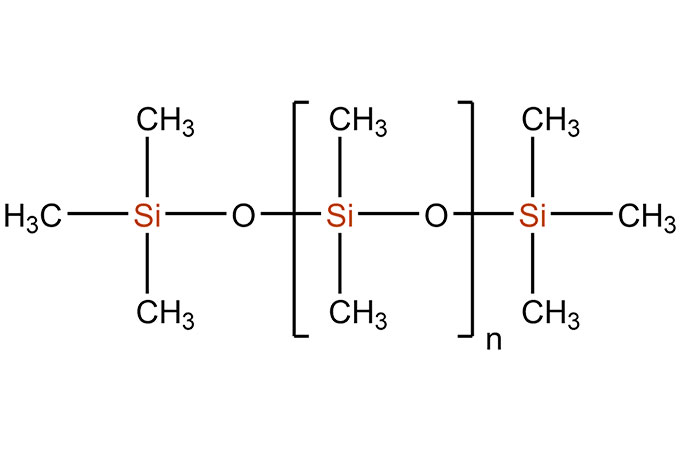1. The theory of chemical bonding of coupling agents
The theory is that the coupling agents contain a chemical functional group, which can form covalent bonds with the silanol groups on the surface of the glass fiber or the molecules on the surface of other inorganic fillers.
In addition, the coupling agents also contain at least one other different functional group to bond with the polymer molecules to obtain good interfacial bonding, and the coupling agents act as a bridge between the inorganic phase and the organic phase.
2. Wetting effect and surface energy theory of coupling agents
In the manufacture of composite materials, good wetting of the adherend by the liquid resin is of prime importance. If complete wetting can be obtained, the physical adsorption of the resin to its surface will provide a bond with a cohesive strength higher than that of the organic resin. strength.
3. Deformable layer theory of coupling agents
In order to alleviate the interface stress caused by the difference in thermal shrinkage between the resin and the filler when the composite material is cooled, it is desirable that the resin interface adjacent to the treated inorganic material is a deformable and flexible surface, so that the toughness of the composite material can be improved.
The inorganic surface treated with the coupling agents may preferentially absorb a certain complexing agent in the resin, possibly resulting in the formation of a flexible resin layer that is much thicker than the multi-molecular layer of the coupling agents between the polymer and the filler. This layer is called the deformable layer. The layer can relax the interface stress and prevent the expansion of interface cracks, thereby improving the bonding strength of the interface and improving the mechanical properties of the composite material.
4. Constrained layer theory of coupling agents
In contrast to the deformable layer theory, the constrained layer theory states that the resin in the inorganic filler region should have a certain modulus between the inorganic filler and the matrix resin, and the function of the coupling agents is to "tighten" the polymer structure in the interphase area.
From the performance of the reinforced composite, to obtain adhesion and hydrolysis resistance, a constraining layer is required at the interface.
As for the titanate coupling agents, its combination with organic polymers in thermoplastic systems and filler-containing thermosetting compounds is mainly based on the compatibility and mutual entanglement of long-chain alkyl groups, and forms with inorganic fillers covalent bond.
SiSiB SILICONES is strategically positioned in the silicone supply chain to provide a comprehensive range of performance-enhancing products and solutions to meet customer needs. These include silanes and siloxanes, silicone oils, silicone rubber, fumed silica, silicone polymers, and additives. Welcome to consult if necessary.
 English
English 日本語
日本語 한국어
한국어 français
français Deutsch
Deutsch Español
Español italiano
italiano русский
русский português
português العربية
العربية tiếng việt
tiếng việt

